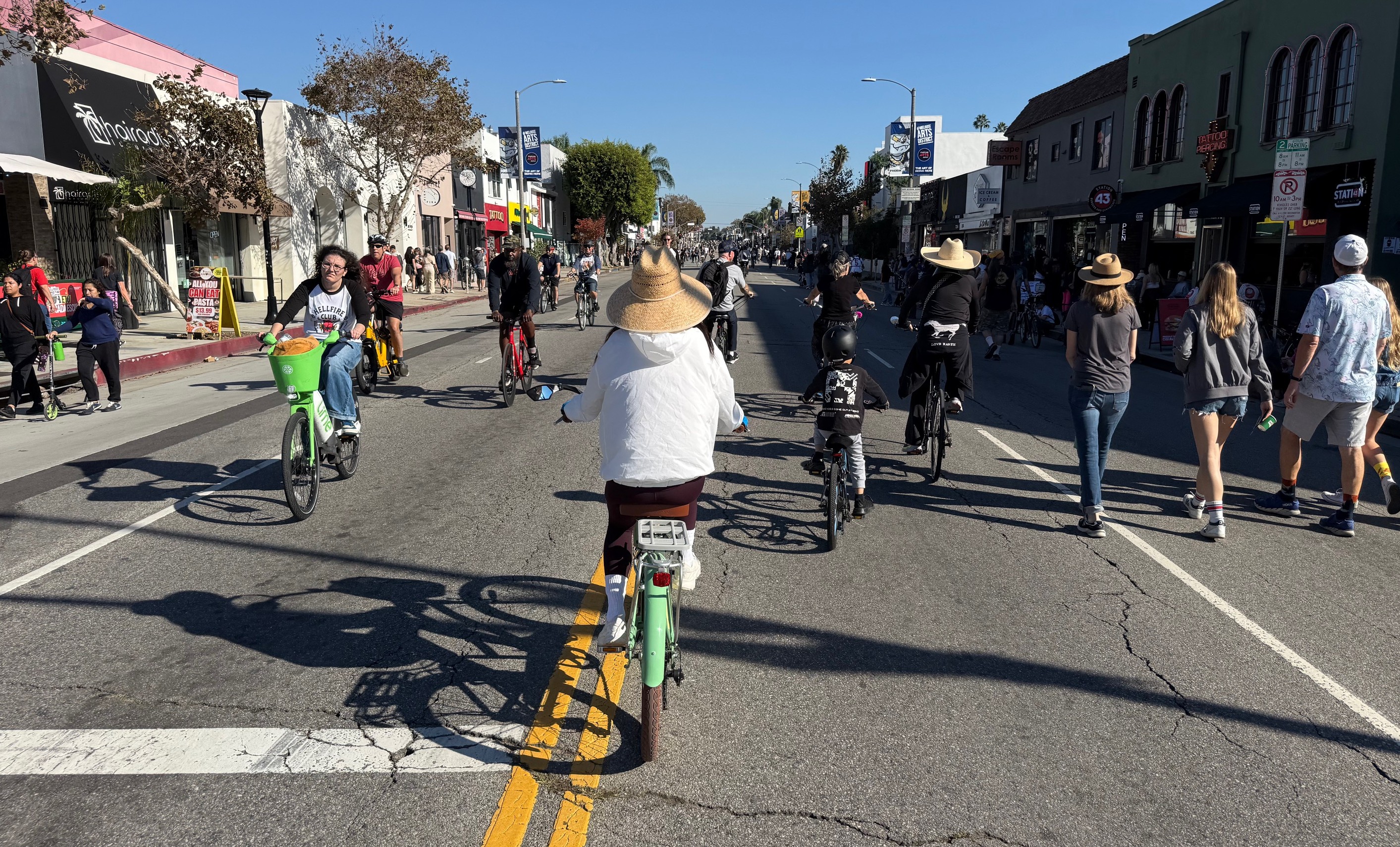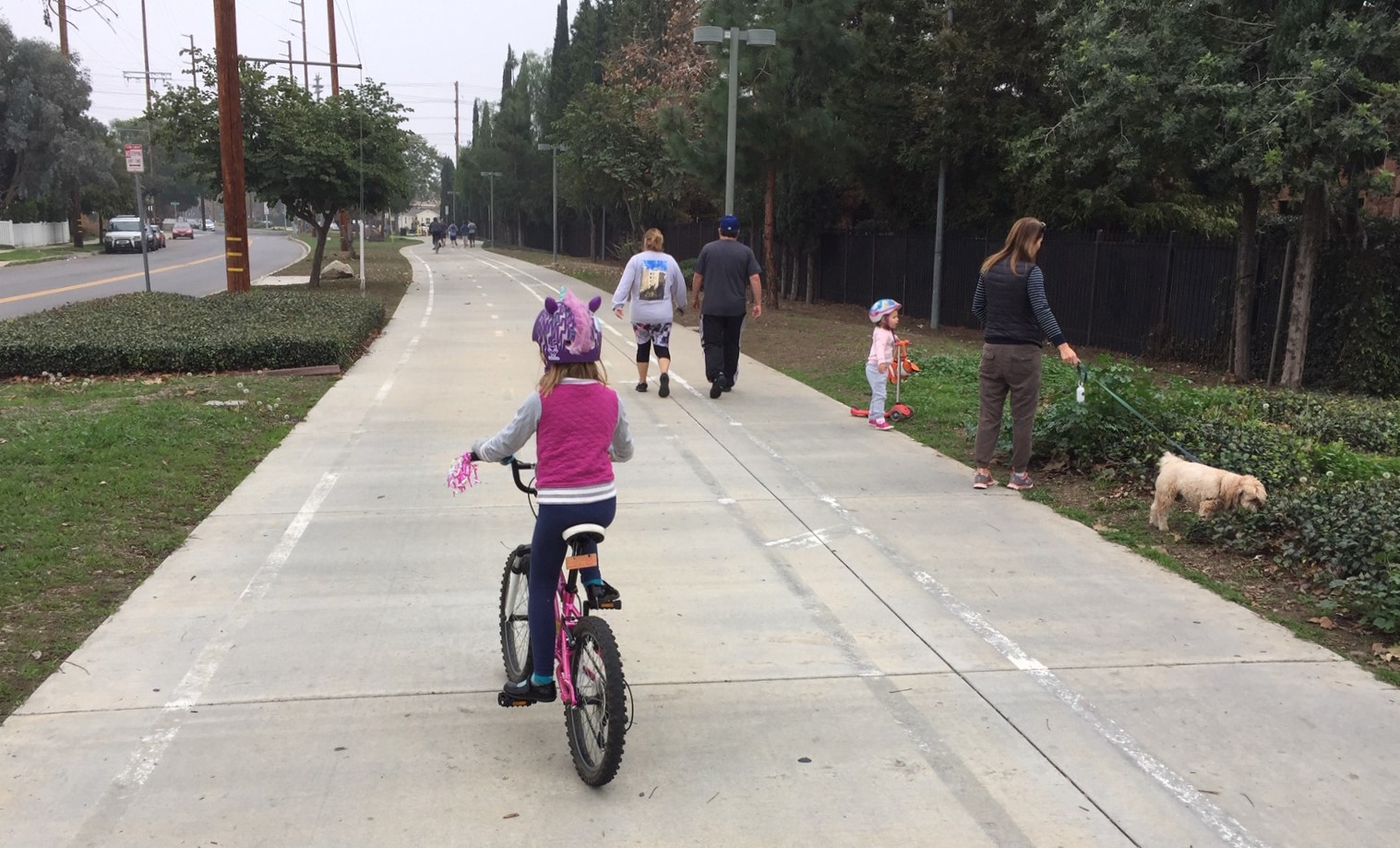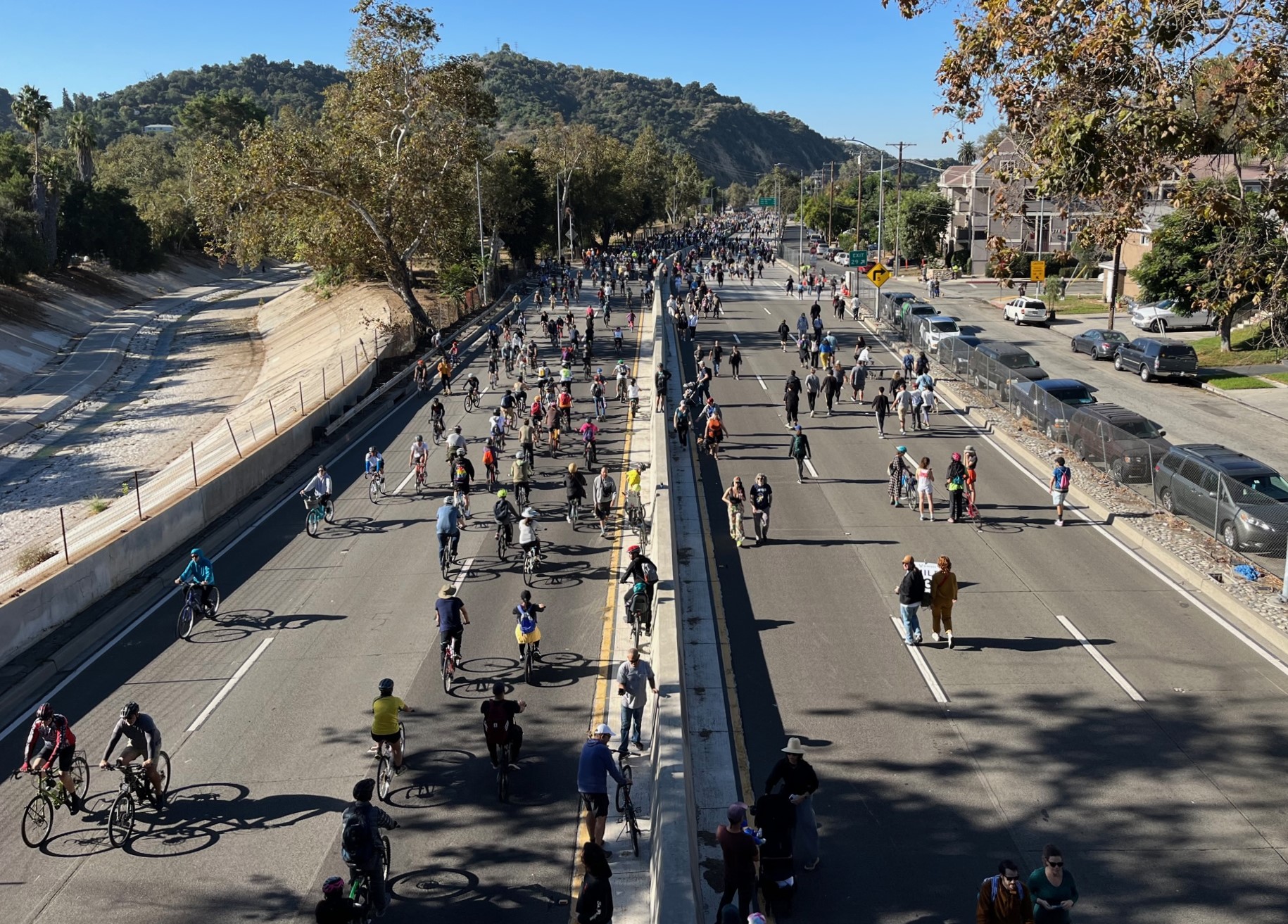Extending the Caltrain electrification project from San Jose to Gilroy, finishing the 119-mile Central Valley line spine of the system for interim rail service improvements by 2022, and pushing ahead with tunnel design and engineering in the Pacheco Pass--these were just a few of the goals outlined in the California High Speed Rail Authority's (CaHSRA) new draft business plan, released earlier this month.
As was widely reported, the cost of the country's only high-speed rail project is, once again, going up (high-speed rail, in this context, means 150 to over 200 mph). According to Micah Flores, CaHSRA spokesperson, the revised cost estimate in the Draft 2018 Business Plan is $77.3 billion, up from $64 billion in the 2016 Business Plan.
This means that unless additional funds can be found, the start of bullet-train service between Silicon Valley and the Central Valley will be delayed. The new plan "...assumes operations by 2033 (2029 in the 2016 Business Plan)," wrote Flores.
Why are these delays happening? The Authority started building in the Central Valley because it was supposed to be the easiest place to get bullet trains running in the short term--with its expanses of straight, open terrain, construction is less complicated and speeds can be highest. However, the Authority started construction before it had fully acquired the right of way it needed. "That helped the state secure more than $3 billion of federal funding from the Obama administration’s 2009 stimulus package," wrote Daniel C. Vock in an article about the cost overruns in Governing Magazine.
But it also lead to costly delays, since contractors had to be paid to work around the land that wasn't yet secured. As Streetsblog has reported previously, mega-projects around the world seem to invariable run into such problems, and are rarely on budget or on time (although rail-project overruns get uniquely hammered in the press).
Meanwhile, Brian Kelly, the California High-Speed Rail Authority's new CEO, and the rest of the project managers and planners, have worked out ways to maximize what the state will get from the alignment of the new tracks now under construction in the Central Valley (see lead photo).
The Central Valley track segment will be readied so it can be used for high-speed train testing, but also so it can carry Amtrak's current San Joaquin service as an interim improvement. California might even see something akin to Florida's fast, diesel-powered Brightline trains (which are made in California and currently run in Florida) running over large swaths of the state, and hitting speeds up to 125 mph in the Central Valley, while we wait for true, 220 mph HSR service to start in 2033.
The CaHSRA also wants to use its funds to help Caltrain. As currently planned, Caltrain would electrify its corridor from San Jose to San Francisco, and continue to use diesels for the handful of trains that run the extra 30 miles to Gilroy.
This means Caltrain will have to continue to maintain a few diesel locomotives. The CaHSRA has to electrify to Gilroy eventually anyway, so, under the new plan, it will now work with Caltrain to fund and expand the electrification project all the way to Gilroy. Aside from allowing Caltrain to go 100 percent electric, it should also open up more housing to Bay Area workers by shortening commute times south of San Jose.
In addition, they will forge ahead with tunnel engineering and preparation for the Pacheco Pass.
It's important to note that tangible improvements are already going on all over the state as part of California's rail modernization project, including upgrades to Southern California's commuter rail service, Caltrain electrification, and funds going to connecting, local transit.
For HSR supporters, the delays to the centerpiece of California' rail modernization (the full build-out of high-speed rail between L.A. and San Francisco) are incredibly frustrating, even if it's not unique to California's project. One can hope that between an upcoming state audit, improved oversight, and by bringing in more state lawmakers who will continue to focus on reducing greenhouse gas emissions and improving mobility, the project will get back on track. As with BART, the Bay Bridge, the Golden Gate Bridge, and so many other bits of infrastructure that were once derided and called boondoggles, one day HSR will be an essential part of our transportation fabric.







